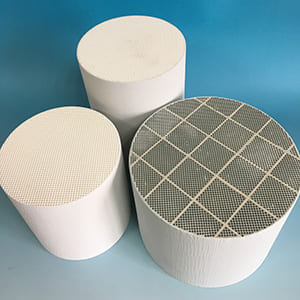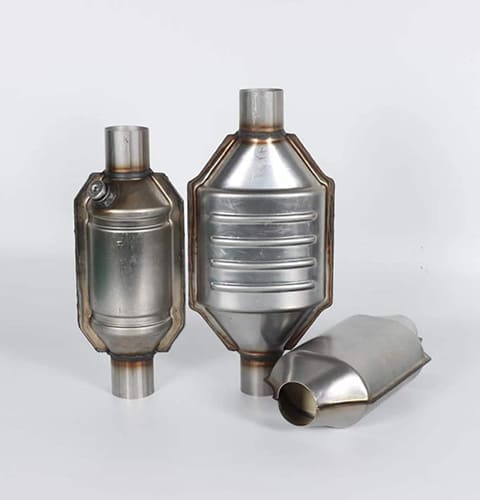Have you ever found yourself in a labyrinth of supplier options, only to realize you’re unsure what to really look for? Do you wonder how to measure the quality of ceramic honeycomb accurately? Are you concerned about making a large-volume purchase without a strong understanding of quality metrics?
If you are a wholesaler or a B2B buyer in the ceramic honeycomb market, quality should be at the forefront of your sourcing strategy. The ceramic honeycomb material serves as a key component in various applications, including emission control systems and heat exchangers. Given its pivotal role, understanding quality metrics like porosity, compressive strength, and thermal conductivity is essential.
Want to make informed choices and secure the best products for your customers? Read on to explore the key quality metrics you should be paying attention to when sourcing ceramic honeycomb in bulk.
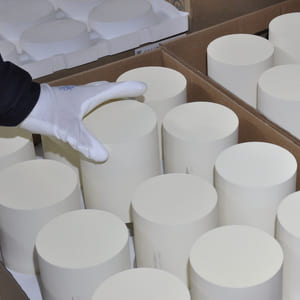
What Constitutes Quality in Ceramic Honeycomb?
When we talk about quality, what exactly should we focus on? Is it the material composition, the manufacturing process, or the end-product specifications?
Material Composition: What Should You Know?
When sourcing ceramic honeycomb, one of the first quality metrics to consider is material composition. This involves looking at the type of ceramic used, the bonding agents, and other materials that might be present.
Porosity is a key factor. High porosity can indicate lower strength but higher surface area, beneficial for applications like catalysis. On the other hand, low porosity often implies stronger structural integrity.
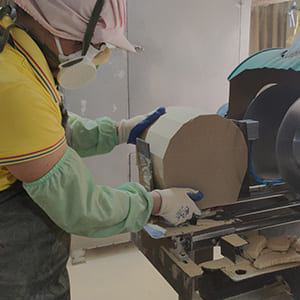
How Important is Compressive Strength?
Compressive strength is another crucial metric. This measures the ability of the ceramic honeycomb to withstand compression, vital for structural applications. For specific standards on compressive strength, referring to ASTM guidelines is a good starting point.
Thermal Conductivity: Why Does it Matter?
Another vital quality metric is thermal conductivity. High thermal conductivity is beneficial in heat exchange applications but may be a downside in insulation applications. Depending on your needs, the thermal properties should align with the intended end-use.
Are All Manufacturers Equal?
The short answer is, no. Quality metrics can vary considerably between different manufacturers. Therefore, it’s critical to inspect the manufacturing process, quality control measures, and certifications when choosing a supplier. Ask for third-party testing results or even visit the manufacturing facility, if possible.
Does Size and Shape Impact Quality?
Yes, size and shape can impact the end-use effectiveness of the ceramic honeycomb. Make sure the supplier can offer specifications that align with your application’s needs, whether it’s for industrial furnaces, catalytic converters, or other applications.
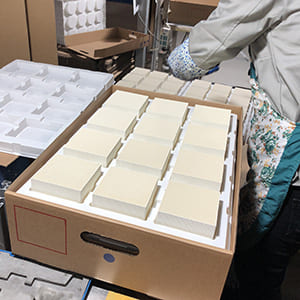
How Can Third-Party Certifications Help?
Third-party certifications, like ISO 9001 or other industry-specific standards, can provide an additional layer of assurance in the quality of ceramic honeycomb. It’s a clear indicator that the manufacturer meets global quality standards.
Conclusion
Sourcing ceramic honeycomb in bulk shouldn’t be a leap in the dark. By paying close attention to quality metrics such as material composition, compressive strength, and thermal conductivity, you can make informed decisions that satisfy both you and your customers. Partner with manufacturers who not only meet but exceed industry standards to ensure that you are sourcing the best products for your needs.

